Home>Garden Essentials>What To Do For Fall Lawn Care
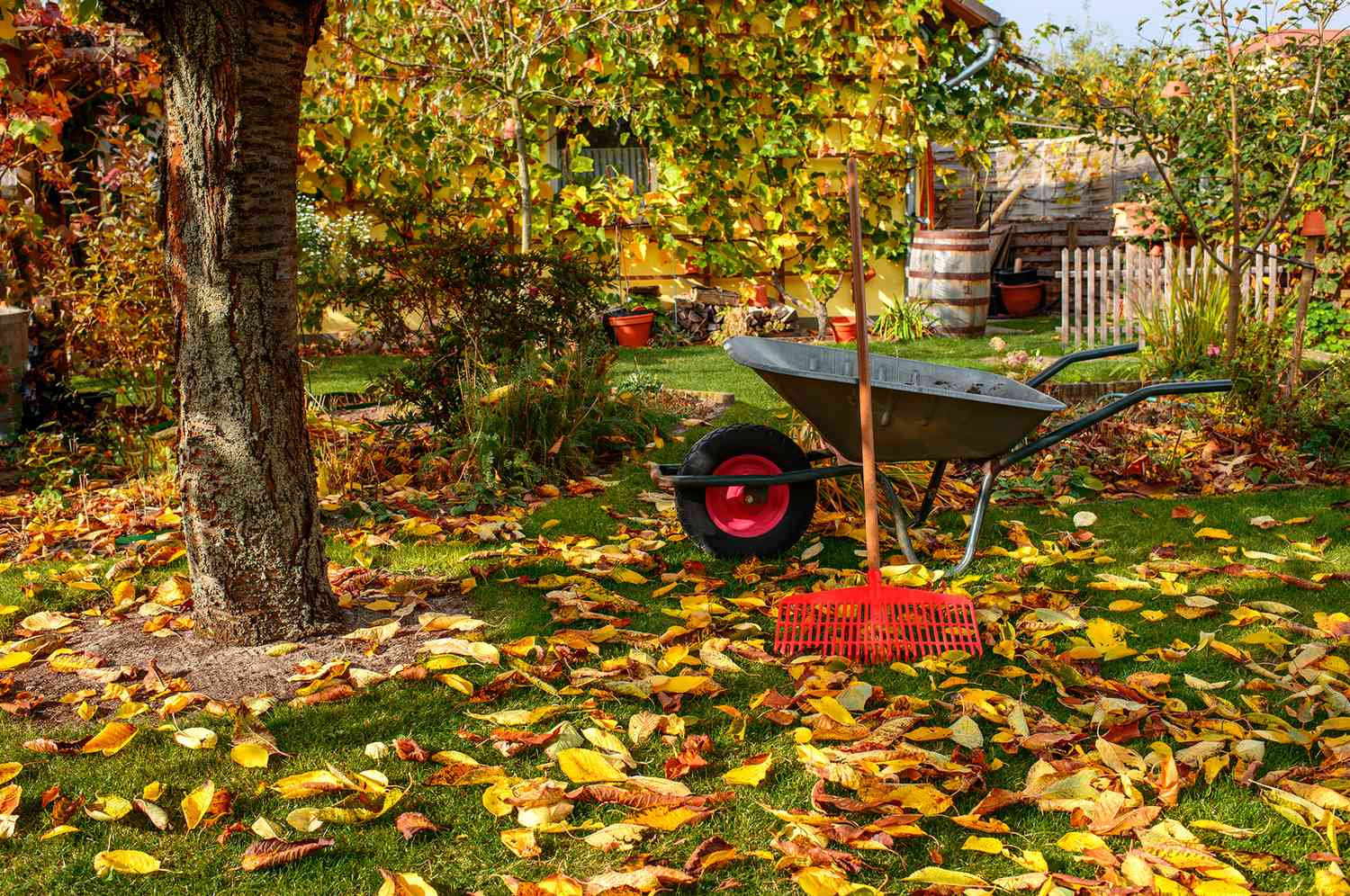

Garden Essentials
What To Do For Fall Lawn Care
Modified: March 25, 2024
Discover essential fall lawn care tips for your garden to maintain a lush and healthy green space. Implement effective strategies for garden maintenance to ensure a beautiful yard throughout the season.
(Many of the links in this article redirect to a specific reviewed product. Your purchase of these products through affiliate links helps to generate commission for Storables.com, at no extra cost. Learn more)
Introduction
Welcome to the world of fall gardening! As the vibrant colors of summer begin to fade and the air becomes crisp, it’s time to shift our focus to fall lawn care. While many gardeners might think that the work is done after the last leaf falls, autumn is actually a crucial season for maintaining and preparing your lawn for the colder months ahead. In this article, we will explore the importance of fall lawn care and provide you with essential tips to keep your garden thriving.
With the right strategies and techniques, you can ensure that your lawn emerges healthy and resilient in the spring. Fall lawn care involves a range of tasks, from clearing out leaves and debris to fertilizing, mowing, and protecting your lawn from cold temperatures. By investing some time and effort now, you’ll reap the benefits of a lush, green lawn next season. So, let’s dive into the world of fall lawn care and discover how to nurture your garden during this transitional period.
Key Takeaways:
- Fall lawn care is crucial for a healthy garden. Clear leaves, aerate, fertilize, and control weeds to prepare your lawn for winter. Consistent care leads to a lush, vibrant lawn in spring.
- Understanding your lawn’s needs is key. Consistent maintenance, proper mowing, and watering techniques are essential for a healthy, resilient lawn. Seek professional help if needed for specialized care.
Read also: 8 Amazing Fall Lawn Fertilizer for 2024
Why Fall Lawn Care is Important
Many homeowners might wonder why fall lawn care is necessary when the grass seems to be slowing down or even going dormant. The truth is, fall is an essential time for lawn maintenance for several reasons:
- Prepares for Winter: A well-maintained lawn in the fall will be better equipped to withstand the harsh winter conditions. By taking steps now to fortify your grass, you can help it survive the cold temperatures, frost, and snow.
- Promotes Root Growth: During the fall, while the grass blades might be slowing down their growth, the roots are still actively absorbing moisture and nutrients. By focusing on root development in the fall, you are setting the stage for a healthier and stronger lawn in the spring.
- Controls Weeds: Fall is the perfect time to tackle weeds before they have a chance to take over your lawn. By treating weeds now, you can prevent them from spreading and becoming more problematic in the spring.
- Prevents Disease and Pest Infestations: By addressing any underlying issues in the fall, such as excessive thatch or poor drainage, you can mitigate the risk of diseases and pest infestations that can adversely affect your lawn.
By understanding the importance of fall lawn care, you can prioritize your efforts and make the necessary steps to ensure the long-term health and beauty of your lawn. With a little bit of care in the fall, you’ll be rewarded with a lush, thriving lawn that will be the envy of the neighborhood come spring.
Clearing out Leaves and Debris
One of the most crucial tasks in fall lawn care is clearing out leaves and debris from your lawn. As the trees shed their leaves, they can create a thick layer on your grass, suffocating it and hindering its growth. Here’s what you need to do:
- Rake or Use a Leaf Blower: Begin by raking or using a leaf blower to remove the leaves from your lawn. Make sure to gather them into piles and dispose of them properly. You can also consider mulching the leaves with a mulching mower, which will break them down and provide valuable nutrients to the soil.
- Clear Debris: Along with leaves, debris such as sticks, branches, and other garden waste can accumulate on your lawn. Remove any debris to prevent it from smothering the grass and allowing for proper air circulation and sunlight exposure.
- Inspect for Damaged Areas: As you clear the leaves and debris, take the opportunity to inspect your lawn for any damaged areas. Look for signs of disease, pests, or wear and tear. It’s best to address these issues early on to prevent them from spreading or worsening.
By clearing out leaves and debris, you’re creating a clean and healthy environment for your grass to thrive. This allows for better air circulation, moisture absorption, and sunlight exposure, all of which contribute to a healthier and more beautiful lawn.
Aeration and Overseeding
Aeration and overseeding are crucial steps in fall lawn care that promote healthy growth and improve the overall condition of your grass. Here’s what you need to know:
- Aeration: Aeration involves creating small holes in the soil to alleviate compaction and improve the movement of air, water, and nutrients to the grass roots. It helps the roots to grow deeper and stronger. You can use a manual or mechanical aerator to perforate the soil.
- Overseeding: Overseeding is the process of planting new grass seed over your existing lawn. It helps to fill in sparse areas, improve density, and introduce new grass varieties that are more resistant to diseases and pests. Make sure to choose the right type of grass seed for your climate and lawn conditions.
- Timing: Fall is the optimal time to aerate and overseed your lawn. The soil is still warm, allowing the grass seed to germinate quickly, and there is less competition from weeds. Aim to do this before the first frost so that the new grass has enough time to establish before winter.
- Preparation: Before aerating and overseeding, it’s essential to prepare your lawn. Mow the grass slightly shorter than usual and remove any debris. This will ensure better seed-to-soil contact and improve seed germination.
- Aftercare: After overseeding, keep the soil consistently moist to support germination. Avoid heavy foot traffic on newly seeded areas until the grass has established. Follow the recommended watering and maintenance instructions to give your newly seeded grass the best chance of success.
Aeration and overseeding are effective ways to rejuvenate your lawn, repair damaged areas, and encourage healthy growth. By incorporating these tasks into your fall lawn care routine, you’ll be rewarded with a thicker, greener, and more resilient lawn in the coming seasons.
Fertilizing for Fall
Fertilizing your lawn in the fall is crucial for providing the necessary nutrients to support its health and strengthen the roots. Here’s what you need to know about fertilizing for fall:
- Choose the Right Fertilizer: Look for a fertilizer specifically formulated for fall application. These fertilizers typically have a higher concentration of potassium and phosphorus, which promote root growth and winter hardiness.
- Timing: Apply the fertilizer in late summer or early fall, preferably when the soil is still warm but the grass is no longer actively growing. This timing allows the grass to absorb the nutrients and get a boost before winter.
- Read the Instructions: Follow the instructions on the fertilizer package carefully. Pay attention to the recommended application rates and any specific instructions for your type of grass.
- Application: Use a spreader to apply the fertilizer evenly across your lawn. Start at one corner and walk in a consistent pattern to ensure uniform coverage. Water the lawn after application to help the fertilizer penetrate the soil.
- Consider Organic Options: If you prefer organic lawn care, there are natural and organic fertilizers available that provide the necessary nutrients without the use of synthetic chemicals. Look for products labeled as organic or natural.
- Follow-up Treatments: Depending on your lawn’s condition, you may need to apply additional fertilizer treatments throughout the fall and winter. Consulting with a local garden center or lawn care professional can help you determine the best approach for your specific lawn.
Fertilizing your lawn in the fall ensures that it receives the essential nutrients it needs to establish strong roots and withstand the harsh conditions of winter. A well-fertilized lawn not only looks healthy but also has a better chance of recovering quickly in the spring, giving you a beautiful and vibrant landscape.
Aerate your lawn in the fall to improve air, water, and nutrient flow to the roots. This will help your grass grow healthier and stronger.
Read more: What Fertilizer To Use For A Fall Lawn Care
Controlling Weeds
Weeds can quickly invade and take over your lawn if left unchecked. Fall is an excellent time to take proactive measures to control and prevent weeds from spreading. Here’s what you need to know about weed control in the fall:
- Identify the Weeds: Different weeds require different control methods. Familiarize yourself with the common weeds in your area and learn how to identify them. This will help you choose the most effective control strategies.
- Hand Pulling: For small areas or a few isolated weeds, hand-pulling is an effective and environmentally friendly method. Make sure to remove the entire root to prevent regrowth.
- Chemical Control: Herbicides can be an effective tool for controlling widespread weed infestations. Choose a selective herbicide that targets specific weeds without harming your grass. Follow the instructions carefully when applying herbicides and use them sparingly.
- Lawn Maintenance: Maintaining a healthy lawn is one of the best ways to prevent weed growth. Regularly mow at the appropriate height for your grass type and remove no more than one-third of the grass blade at a time. Proper mowing helps to promote a thicker lawn that can outcompete weeds.
- Overseeding: As mentioned earlier, overseeding can be a helpful technique for preventing weeds. A dense lawn limits the space available for weed growth, minimizing their presence.
- Mulching: Mulching your garden beds can help prevent weed growth and also retain moisture. Apply a layer of organic mulch around plants to suppress weeds and add an extra layer of protection during the winter.
Remember, weed control is an ongoing process, and it’s important to stay vigilant throughout the year. By implementing these strategies in the fall and being proactive about weed prevention, you can maintain a beautiful and weed-free lawn.
Proper Mowing Techniques
Mowing is a routine task in lawn care, but did you know that proper mowing techniques can significantly impact the health and appearance of your lawn? Here are some tips to ensure you’re mowing your lawn correctly:
- Mow at the Right Height: Set your mower at the proper height for your grass type. Cutting your grass too short can stress the plants and make them more susceptible to disease and weed invasion. Aim to remove no more than one-third of the grass blade in a single mowing session.
- Keep Your Mower Blades Sharp: Dull mower blades tear the grass instead of cleanly slicing it, resulting in a ragged appearance and potentially causing damage to the grass. Regularly sharpen your mower blades to ensure a clean and precise cut.
- Alternate Mowing Patterns: Change your mowing direction with each session. This helps to prevent the grass from leaning in one direction and encourages upright growth. It also minimizes soil compaction caused by repeatedly mowing in the same direction.
- Don’t Mow When Wet: Avoid mowing your lawn when it’s wet, as it can lead to clumping of grass clippings and damage to the grass. Wait for the grass to dry out before mowing to achieve a clean and even cut.
- Leave Grass Clippings: Instead of bagging grass clippings, consider leaving them on the lawn. Grass clippings act as a natural mulch, returning essential nutrients back into the soil and minimizing the need for additional fertilization.
- Bag for Excessive Grass Clippings: If your lawn has excessive grass clippings or you’ve let the grass grow too long between mowing sessions, it’s best to bag the clippings. Excessive clippings can smother the grass and hinder its growth.
- Adjust Mowing Frequency: During periods of slower growth in the fall, you may need to adjust your mowing frequency. Instead of mowing weekly, you might find that every 10 days or so is sufficient.
Proper mowing techniques help promote a healthier and more attractive lawn. By following these guidelines, you’ll be able to maintain the ideal height for your grass, promote even growth, and ensure a neat and well-manicured appearance.
Watering Your Lawn
Proper watering is essential for maintaining a healthy and thriving lawn, especially during the fall months. Here are some guidelines to follow when watering your lawn:
- Water Deeply and Infrequently: Instead of frequent shallow watering, it’s best to water your lawn deeply and less often. This encourages the roots to grow deeper, making the grass more resilient to drought conditions.
- Water in the Morning: Aim to water your lawn early in the day, preferably before 10 a.m. This allows the grass to dry before evening, reducing the risk of fungal diseases. Watering in the morning also ensures that the moisture reaches the roots before evaporating in the heat of the day.
- Watering Depth: To encourage deep root growth, water your lawn to a depth of 6-8 inches. You can use a rain gauge or place a small container in the area being watered to measure the amount of water applied.
- Watch for Signs of Overwatering: Overwatering can lead to shallow root growth, weed growth, and increased susceptibility to diseases. If you notice standing water or the soil feels constantly saturated, you may be overwatering. Adjust your watering schedule accordingly.
- Consider Rainfall: Take into account the natural rainfall when determining your watering schedule. If your area receives regular rainfall, you may not need to water as often. Adjust accordingly to avoid overwatering your lawn.
- Address Dry Spots: Pay attention to areas of your lawn that may be more prone to drying out, such as slopes or areas exposed to intense sunlight. Give these areas extra attention by adjusting your watering schedule or using sprinklers with adjustable patterns to target these spots.
- Use Proper Irrigation: Choose the right irrigation system for your lawn, such as sprinklers or drip irrigation, to ensure even and efficient watering. Adjust the sprinkler heads to prevent water waste and avoid watering non-lawn areas, such as driveways or sidewalks.
Proper watering is crucial for maintaining a lush, green, and healthy lawn. By following these watering guidelines, you’ll help your grass thrive and withstand any dry spells that may occur during the fall season.
Protecting Your Lawn from Cold Temperatures
As the temperatures drop in the fall, it’s important to take steps to protect your lawn from the harsh winter conditions. By implementing these measures, you can help your lawn survive the cold and emerge healthy in the spring:
- Continue Mowing: Keep mowing your lawn as needed until the grass stops growing. Gradually reduce the mowing height to prevent the grass from matting down and becoming a breeding ground for disease and pests.
- Clean up: Before winter sets in, clear your lawn of any debris, fallen leaves, and garden tools. This prevents potential damage to the grass and reduces the risk of pests and diseases finding shelter.
- Avoid Heavy Foot Traffic: During the winter months, try to avoid walking on your lawn when it’s cold or frozen. This can damage the grass and create bare spots that are susceptible to weeds and pests.
- Consider Winter Fertilizer: Apply a winter or late-fall fertilizer to your lawn to provide it with essential nutrients that will strengthen the roots and promote winter hardiness. Choose a fertilizer specifically formulated for cold weather conditions.
- Avoid Salt Damage: If you use de-icing salts on your driveways or walkways, be mindful of the potential salt damage to your lawn. Avoid applying salt directly onto the grass or choose alternative de-icing methods that are less harmful to your lawn.
- Minimize Footprints in Snow: When snowfall blankets your lawn, be careful not to walk or play in the snow on your grass too much. Excessive foot traffic can compact the snow, leading to potential damage to the grass beneath.
- Avoid Shoveling Snow onto Grass: When clearing snow from your driveways or walkways, avoid piling the snow onto the grass. The weight and prolonged exposure to the snow can suffocate and damage the grass underneath. Instead, shovel the snow aside or onto areas where it won’t affect your lawn.
- Consider Snow Mold Prevention: Snow mold is a common issue in the winter months. To minimize the risk, gently rake your lawn after the first snowfall to help aerate the grass and prevent matting.
- Inspect for Winter Damage: Once the snow melts and spring arrives, inspect your lawn for any signs of winter damage, such as dead patches or fungal diseases. Address these issues promptly to ensure a healthy recovery.
By taking these precautions and implementing these protective measures, you’ll give your lawn the best chance to survive the cold temperatures and bounce back beautifully in the spring.
Read more: How To Seed A Lawn In Fall
Final Thoughts
Fall lawn care is a crucial part of keeping your garden healthy and vibrant. By following the right techniques and implementing the necessary tasks, you can ensure that your lawn is well-prepared for the changing seasons. Here are some final thoughts to keep in mind:
- Plan and Schedule: Create a fall lawn care schedule to help you stay organized and ensure you don’t miss any important tasks. Prioritize tasks such as clearing out leaves, aerating, overseeding, fertilizing, and controlling weeds.
- Understand Your Lawn: Every lawn is unique, so take the time to understand the specific needs of your grass. Consider factors such as grass type, climate, soil condition, and any prevalent lawn issues in your area. This knowledge will guide your lawn care practices and help you achieve the best results.
- Consistency is Key: Consistent maintenance is important for the overall health of your lawn. Regularly mow, water, fertilize, and address any issues promptly to prevent them from escalating.
- Take Advantage of the Fall Season: Use the cooler temperatures and slower growth rate of fall to make necessary improvements to your lawn. Take the opportunity to aerate, overseed, fertilize, and control weeds without the stress of intense heat.
- Seek Professional Help if Needed: If you’re uncertain about any aspect of fall lawn care or if your lawn requires specialized attention, don’t hesitate to consult a professional. They can provide expert advice and recommend specific actions tailored to your lawn’s needs.
- Enjoy the Fruits of Your Labor: Fall lawn care requires effort, but it also brings rewards. A well-maintained lawn will not only enhance the visual appeal of your property but also provide a welcoming space for outdoor activities and relaxation.
Remember, fall lawn care sets the stage for a resilient and healthy lawn throughout the year. By dedicating time and attention to your garden now, you’ll be rewarded with a beautiful, thriving lawn that will be the envy of your neighbors. So, roll up your sleeves, follow these tips, and enjoy the process of nurturing your lawn into its best form!
Frequently Asked Questions about What To Do For Fall Lawn Care
Was this page helpful?
At Storables.com, we guarantee accurate and reliable information. Our content, validated by Expert Board Contributors, is crafted following stringent Editorial Policies. We're committed to providing you with well-researched, expert-backed insights for all your informational needs.
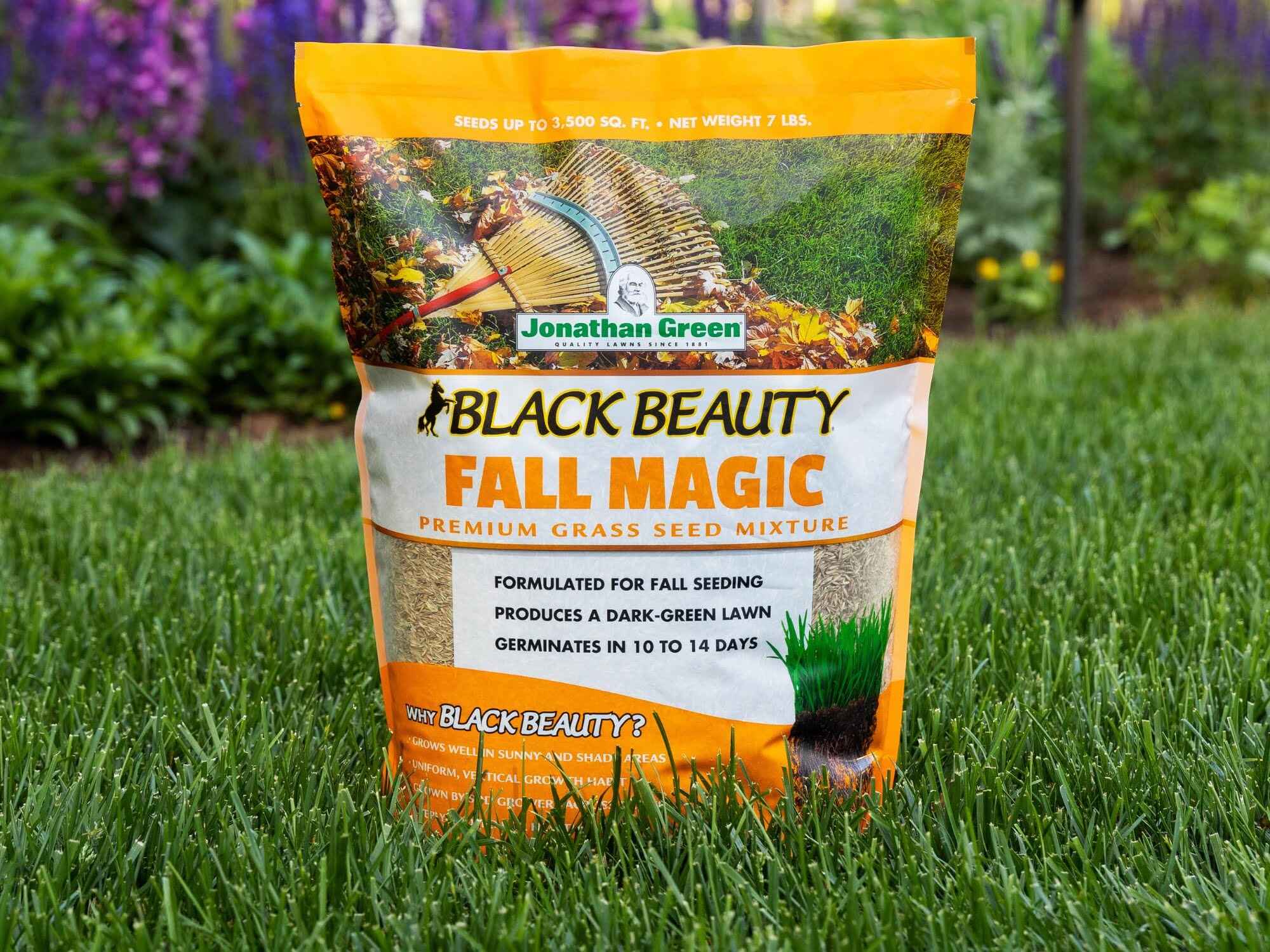
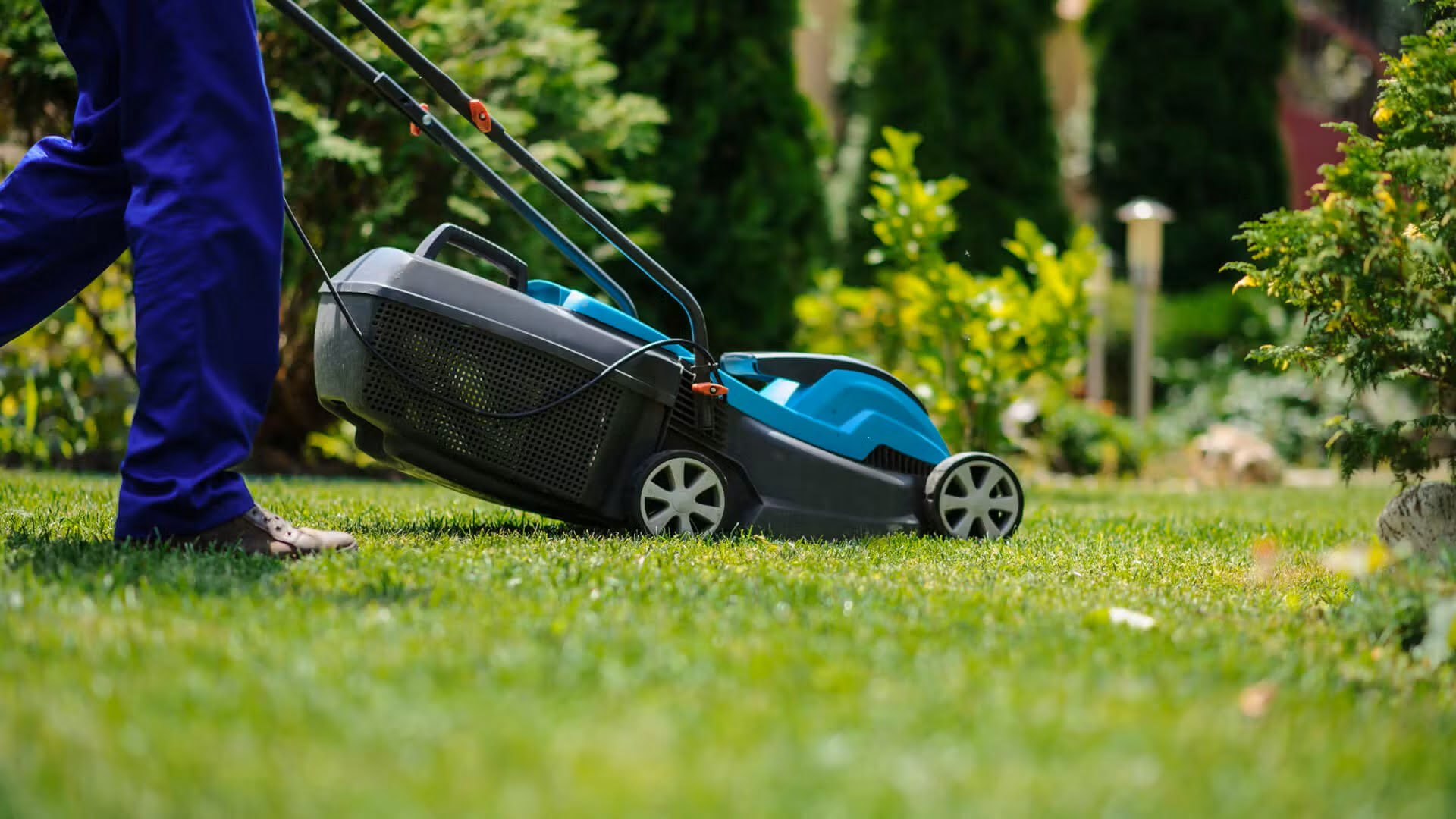
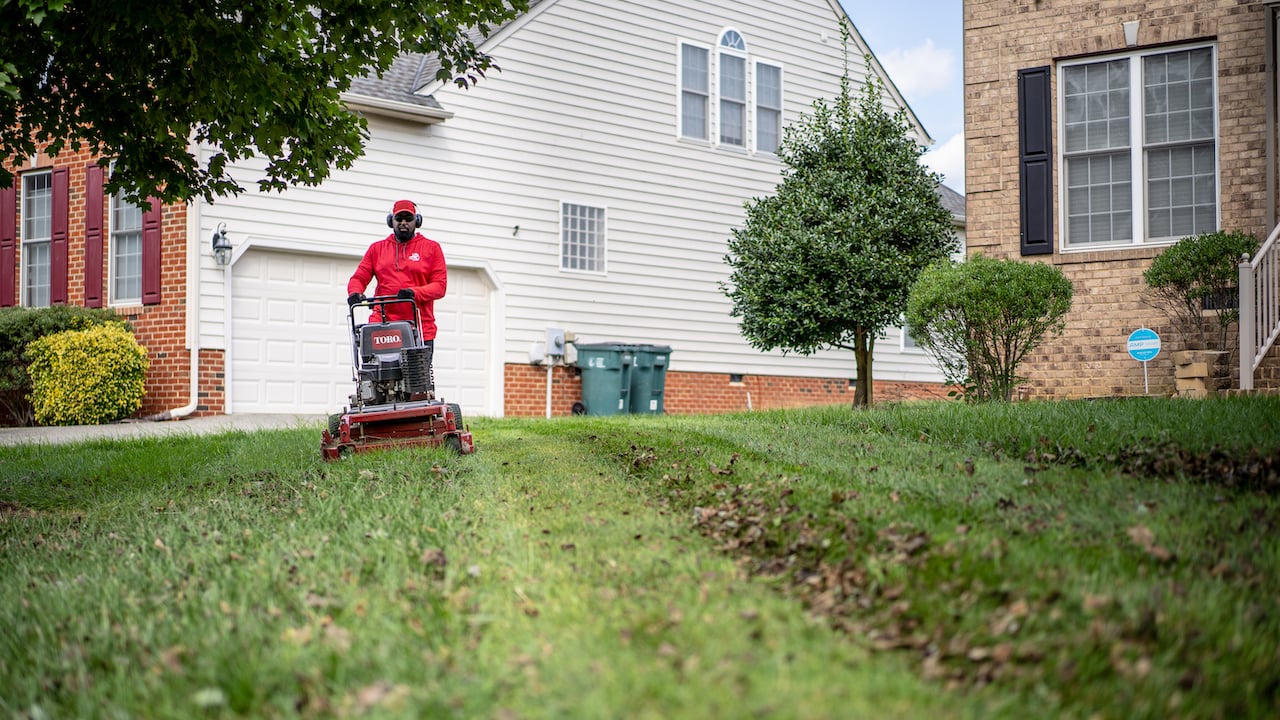
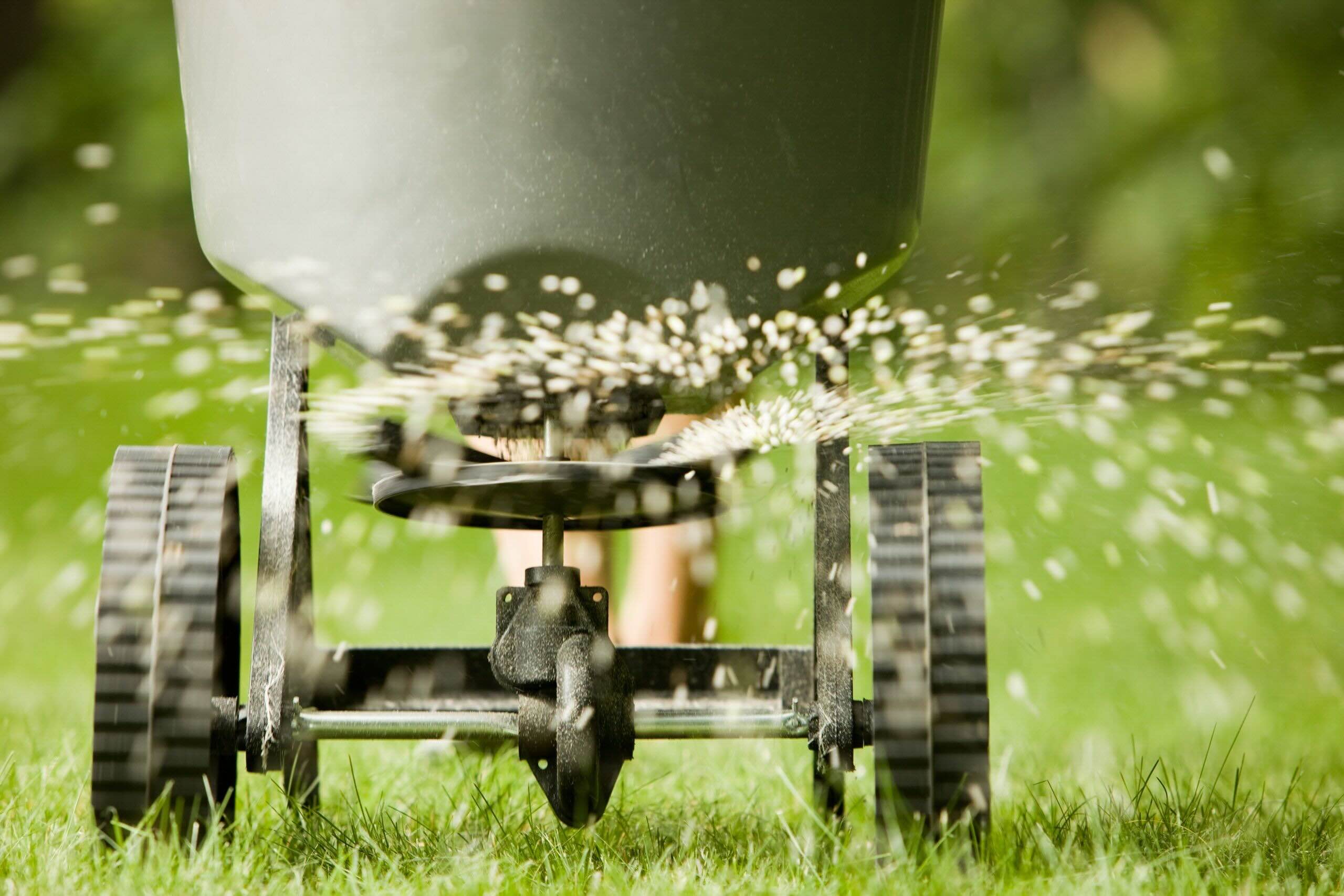



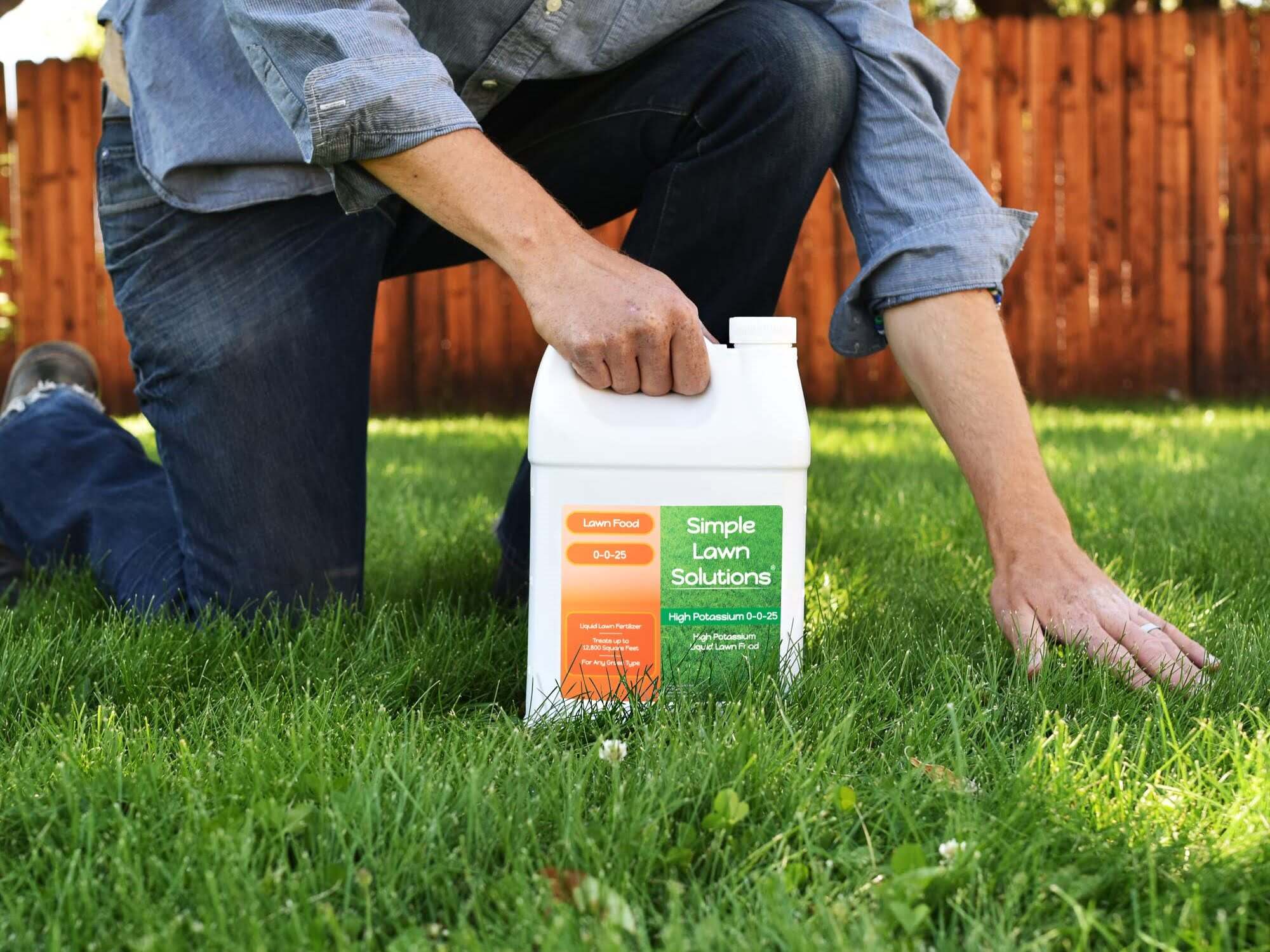
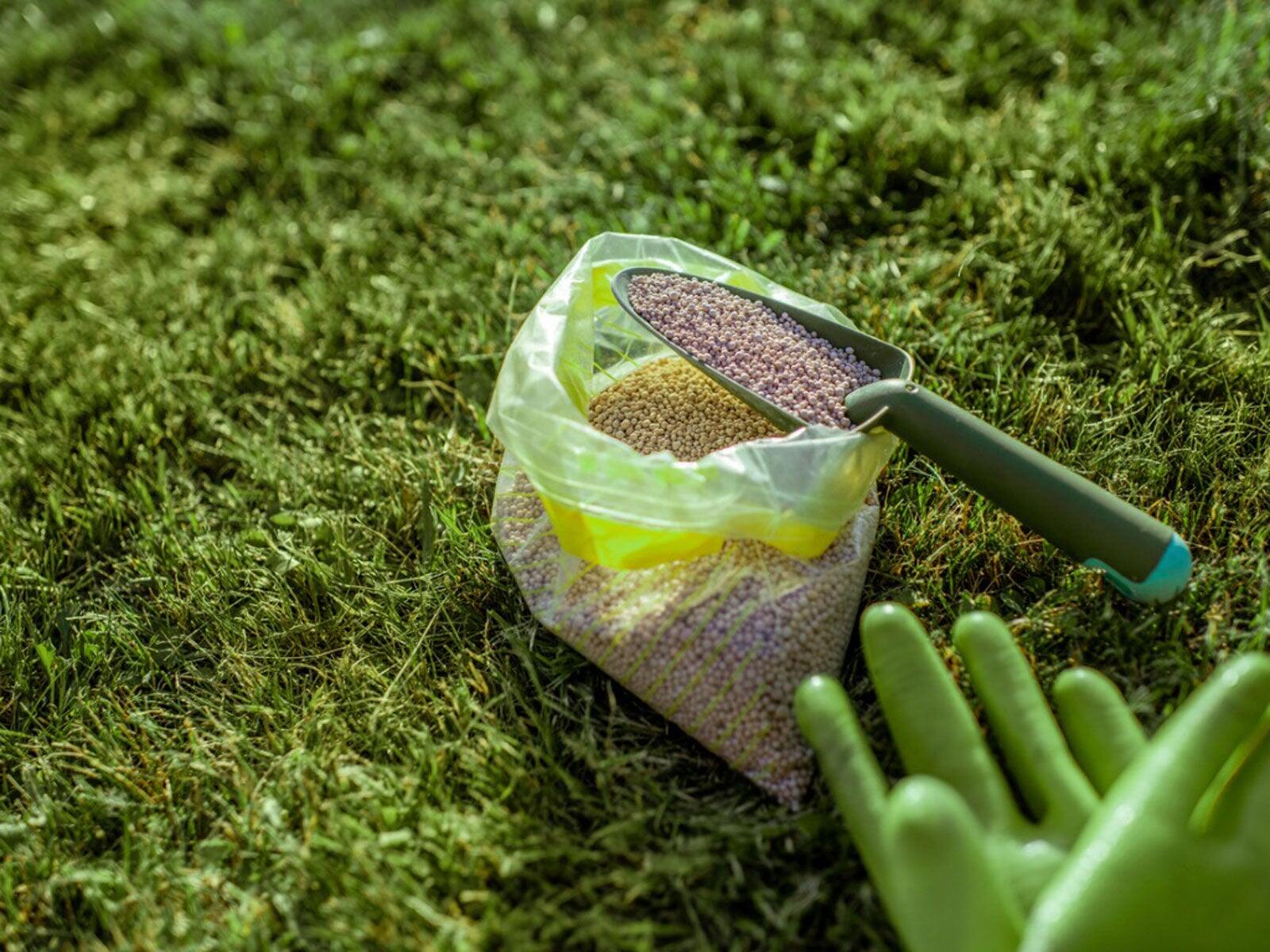

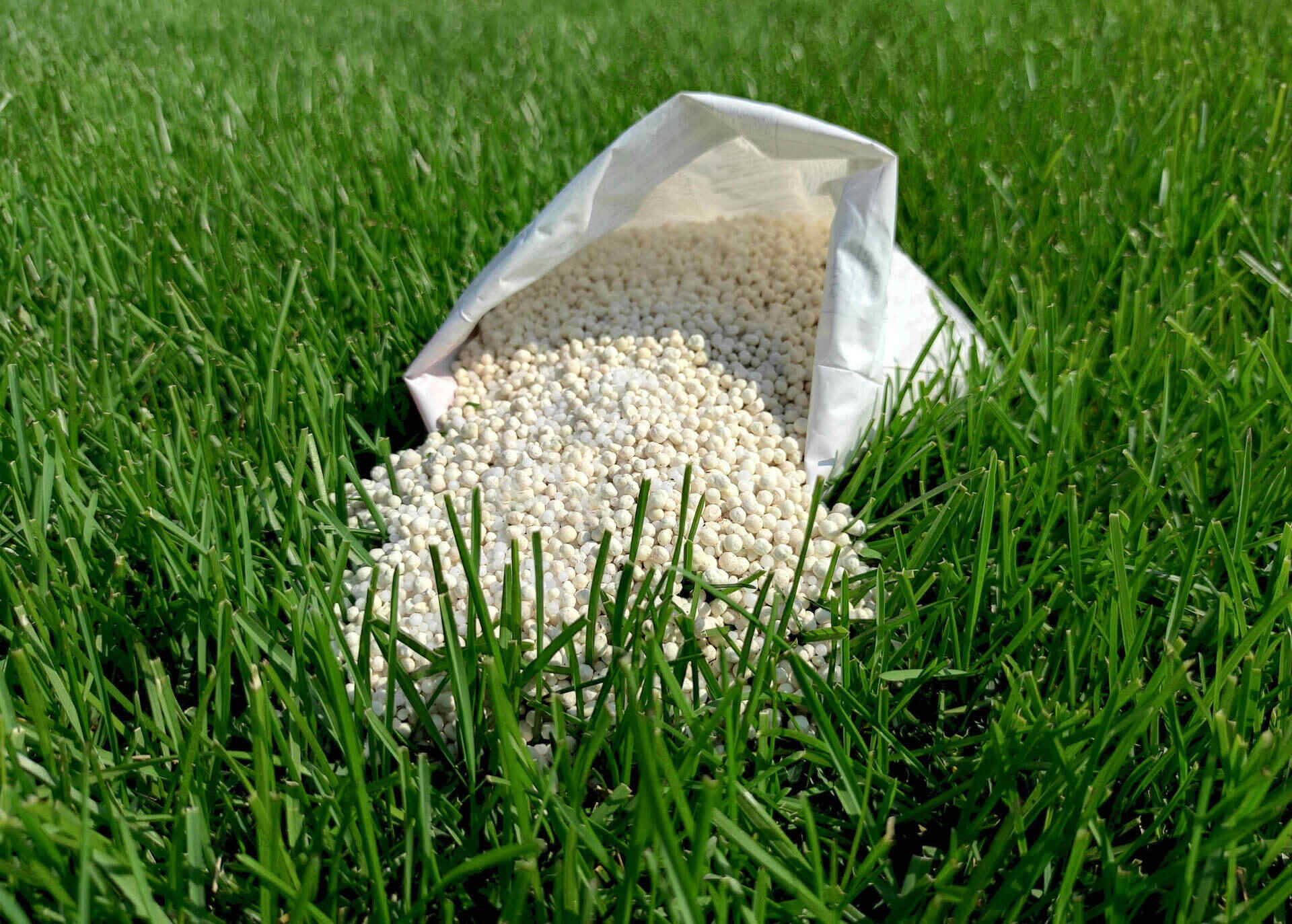
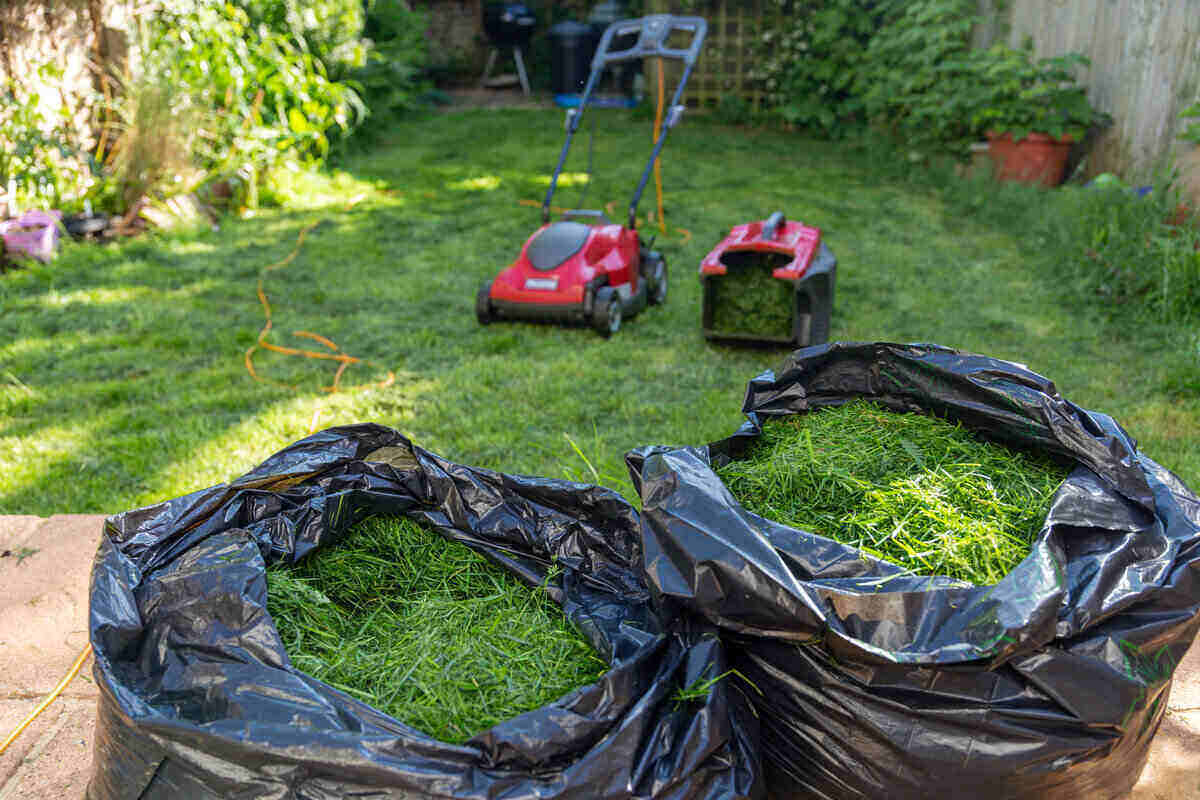
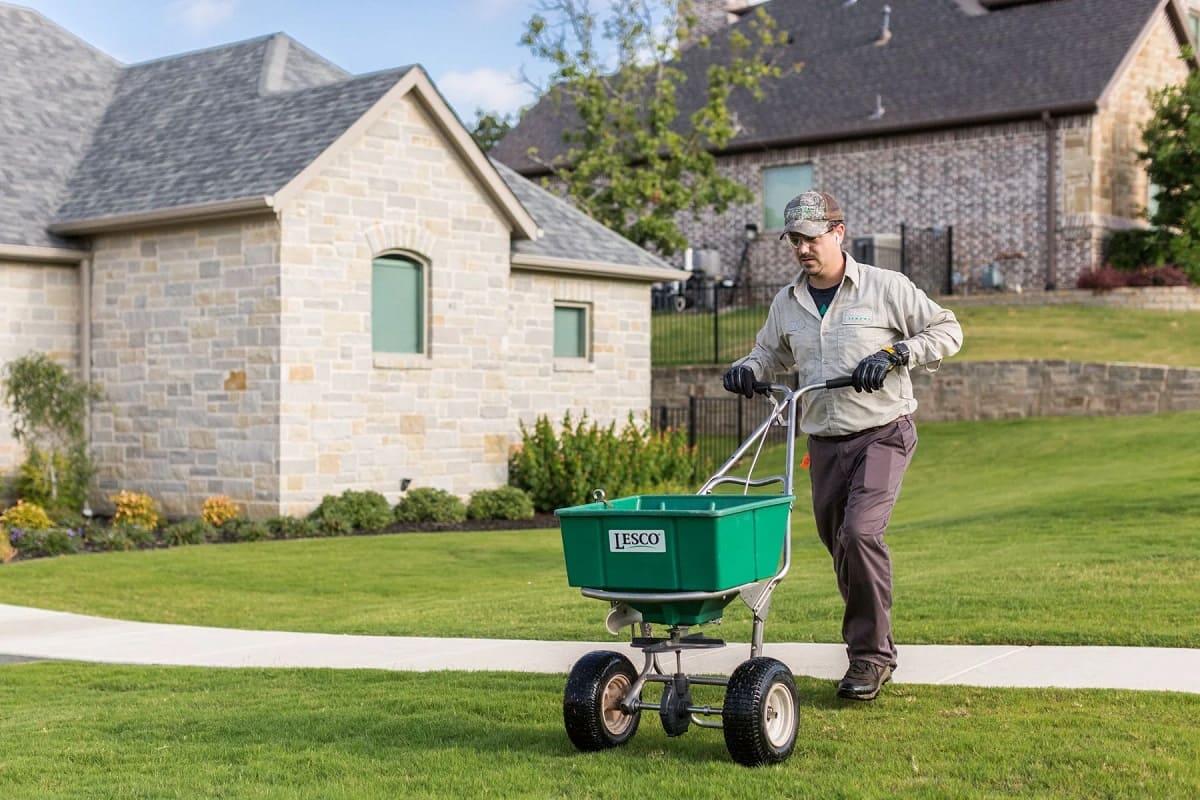

0 thoughts on “What To Do For Fall Lawn Care”